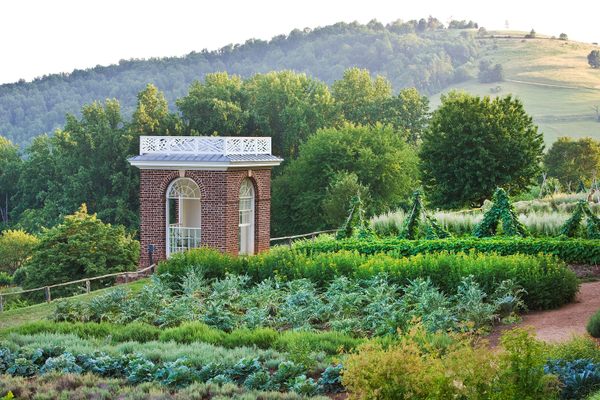About
Bamberg, located in the Franconia region of southern Germany, received the honorable title of UNESCO world heritage city in 1993, in part due to a rather humble sight: its urban agriculture. Dating back to the Middle Ages, these city gardens are celebrated at Bamberg's Gardener and Vintner (Gärtner and Häcker) Museum.
Known as Gärtnerstadt ("gardener’s town"), the gardening district once consisted of vast fields and greenhouses surrounded by gardeners' houses and farmers’ market shops. The chief export was licorice root, but other crops included onions, turnips, leeks, kohlrabi, spinach, and cumin. Until the 19th century, grapes were also cultivated for wine. Of course, with the rise of urban development, the number of gardens are disappearing, but Bamberg remains committed to preserving these flora oases and their attached homes. There are currently walking tours of the gardening district, highlighting the current state of the fields as well as their history.
For those who want to take a deeper dive into the world of the Gärtnerstadt, there's the Gardener and Vintner Museum. The museum itself is located inside a gardener’s house, built in 1767, in the heart of the district. It tells the comprehensive story of the working conditions, religious traditions, technology, and social and cultural aspects of the neighborhood throughout history. The backyard of the museum also features a beautiful and diverse vegetable garden.
Bamberg's urban gardening culture is not a historical oddity: With modern consumer trends focusing on sustainability and local production in agriculture, the city's maintenance of its historic gardening district is perfectly in line with the zeitgeist. Most of its remaining family-run enterprises stick to strict ecological and sustainable production guidelines, as well.
What’s more, the gardeners grow rare and old breeds that are no longer widely cultivated because the global agricultural industry has reduced its focus to extremely productive breeds. The most iconic crop may be the Bamberger hörnla, a delicious potato that originated in the city of Bamberg and is served in a few local restaurants.
Related Tags
Know Before You Go
The museum is open from April through November. Check its website for hours.
Community Contributors
Added By
Published
October 4, 2019

























